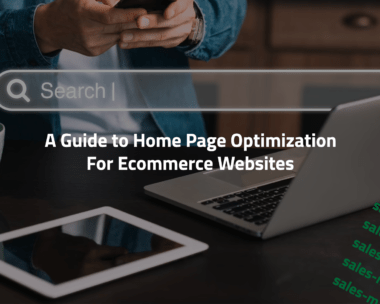All, Artificial Intelligence, Ecommerce, Revenue, Website The Power of Product Recommendation Engines in E-commerce

The Power of Product Recommendation Engines in E-commerce
In the rapidly evolving landscape of e-commerce, personalization has emerged as a key driver of success. Among the arsenal of tools that enable personalized experiences, product recommendation engines stand out as a game-changer. In this article, we’ll delve into the world of product recommendation engines, exploring how they work and why they are a must-have for any e-commerce website looking to enhance customer engagement and boost sales.
Understanding Product Recommendation Engines:
Product recommendation engines are AI-powered algorithms that analyze user behavior, preferences, and historical data to suggest relevant products to customers. These recommendations can take various forms, such as “Customers also bought,” “You may also like,” or “Trending now.” The goal is to guide users toward products that align with their interests, increasing the likelihood of conversions.
Enhancing User Experience:
- Personalization: Product recommendation engines create personalized shopping experiences. By analyzing user browsing and purchase history, these engines can accurately predict what products a customer might be interested in. This level of personalization makes users feel understood and valued, fostering a stronger connection to the brand.
- Discoverability: E-commerce websites often feature an extensive catalog of products. Navigating this vast selection can be overwhelming for users. Recommendation engines simplify the process by surfacing products that align with a user’s preferences, leading to quicker and more satisfying shopping journeys.
- Cross-Selling and Upselling: Recommendation engines excel at cross-selling and upselling opportunities. For instance, if a customer is viewing a laptop, the engine can suggest complementary accessories like a laptop bag or wireless mouse. This strategy not only boosts the average order value but also enhances the customer’s shopping experience.
How Product Recommendation Engines Work:
- Collaborative Filtering: This approach identifies patterns by comparing a user’s behavior and preferences with those of similar users. If User A and User B have similar purchase histories, a product that User B enjoyed can be recommended to User A.
- Content-Based Filtering: This method recommends products based on the attributes of items a user has interacted with. For example, if a user frequently clicks on running shoes, the engine might suggest other athletic gear.
- Hybrid Approaches: Many recommendation engines combine collaborative and content-based filtering for more accurate and diverse recommendations. This approach offers a more comprehensive view of a user’s preferences and behavior.
The Business Impact:
- Increased Conversions: Personalized recommendations lead to higher click-through rates and conversion rates. Users are more likely to engage with products they find relevant and interesting.
- Customer Retention: Personalized experiences drive customer loyalty. When customers feel understood and catered to, they are more likely to return to a website for future purchases.
- Reduced Bounce Rates: When users are presented with relevant recommendations, they are more likely to continue browsing rather than leaving the website. This reduces bounce rates and keeps users engaged.
In the dynamic world of e-commerce, customer expectations continue to rise. Product recommendation engines provide the personal touch that modern shoppers crave. By leveraging AI-driven algorithms to curate personalized suggestions, e-commerce websites can create memorable shopping experiences, boost customer engagement, and ultimately drive sales. Whether it’s introducing customers to new products, guiding them through their shopping journey, or encouraging upsells, the power of product recommendation engines is undeniable. Embracing this technology positions e-commerce businesses to thrive in a competitive landscape where personalization reigns supreme.



